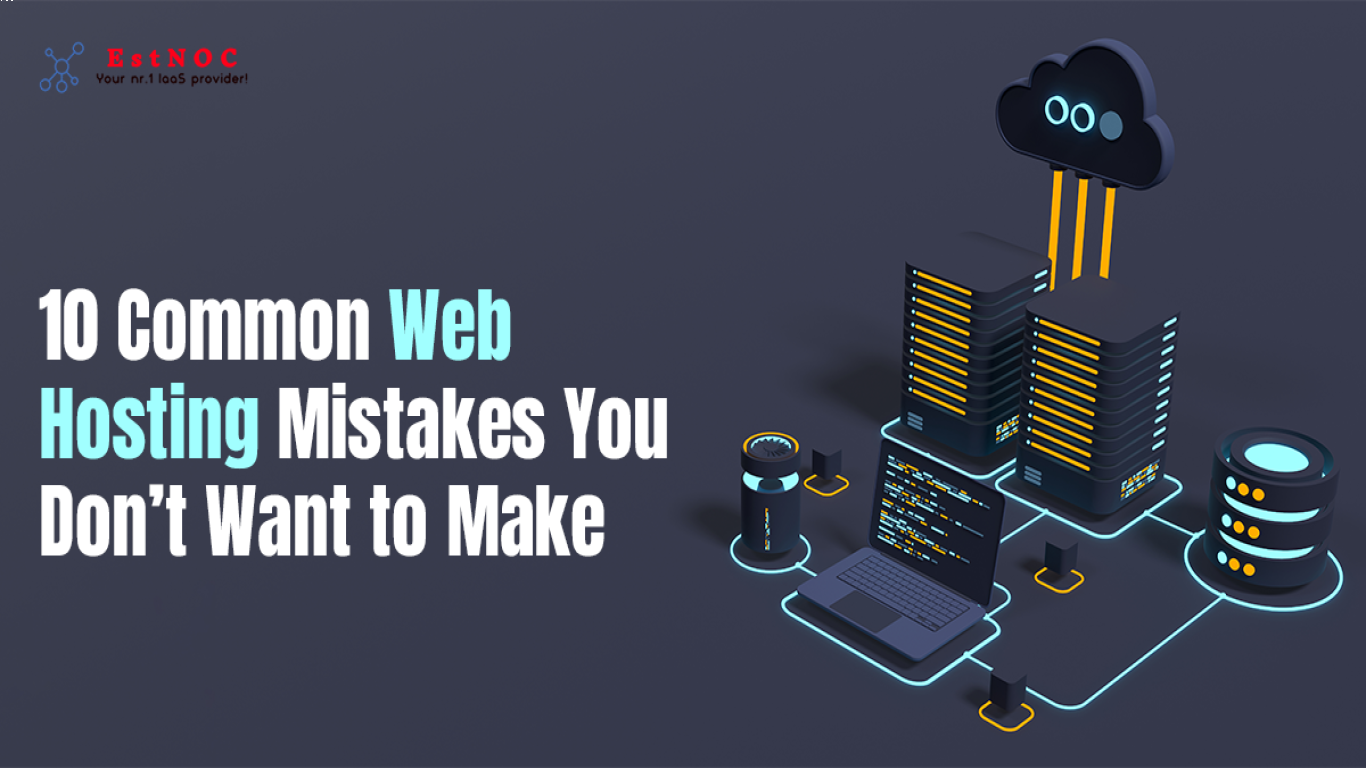Common VPS Mistakes and How to Avoid Them
Common VPS Mistakes and How to Avoid Them
Choosing a Virtual Private Server (VPS) can be a game-changer for your website or application, especially when you've outgrown shared hosting. However, managing a VPS comes with its own set of challenges. Whether you're a tech newbie or a seasoned developer, avoiding common pitfalls can save you time, money, and unnecessary headaches. In this comprehensive guide, we'll explore some of the most common VPS mistakes and offer tips on how to avoid them.
Understanding What a VPS Is and Why It Matters
Before diving into common mistakes, let’s quickly revisit what a VPS is. A VPS is essentially a slice of a larger server, giving you dedicated resources such as CPU, RAM, and storage. Unlike shared hosting, where resources are shared among multiple users, a VPS offers you a more secure and reliable environment.
Keywords: VPS, virtual private server, dedicated resources
The Importance of Choosing the Right VPS Plan
One size does not fit all when it comes to VPS plans. Many users make the mistake of choosing a plan based solely on cost. While it might be tempting to go for the cheapest option, this could lead to performance issues down the road.
Mistake 1: Underestimating Resource Needs
Underprovisioning resources is one of the most common mistakes. If you choose a plan with insufficient CPU, RAM, or storage, your site might experience slow loading times or even crashes during traffic spikes.
How to Avoid:
- Analyze your current resource usage.
- Consider future growth and traffic projections.
- Consult with a hosting provider if you're unsure.
Not Optimizing Server Configuration
Having a VPS gives you control over server configurations, but many people fail to optimize these settings.
Mistake 2: Default Configurations
Relying on default configurations can severely affect performance. Many settings such as file upload limits, security protocols, and cache settings need adjustments to suit your specific needs.
How to Avoid:
- Perform an initial assessment of default settings.
- Tailor configurations to align with your performance and security requirements.
- Regularly review and update configurations as needed.
Ignoring Security Best Practices
Taking security lightly can have dire consequences. A breach not only affects data integrity but also damages your reputation.
Mistake 3: Weak Security Measures
Failing to implement robust security protocols can leave your VPS vulnerable to attacks.
How to Avoid:
- Use strong, complex passwords.
- Regularly update software and security patches.
- Implement firewalls and DDoS protection.
- Regularly back up your data.
Overlooking Regular Maintenance and Monitoring
A VPS requires ongoing attention to run optimally. Regular maintenance is crucial but often overlooked.
Mistake 4: Lack of Monitoring Tools
Without proper monitoring, you won’t know when something goes wrong until it’s too late.
How to Avoid:
- Utilize tools for system monitoring and logging.
- Set up alerts for unusual activities or resource usage spikes.
- Regularly review log files for signs of trouble.
Not Seeking Expert Help When Needed
If you're new to VPS, attempting to manage everything on your own can result in costly mistakes.
Mistake 5: DIY Approach for Complex Issues
Trying to solve complex problems without the necessary expertise can worsen the situation.
How to Avoid:
- Leverage online communities and forums for advice.
- Consider managed VPS services that offer expert support.
- Hire a professional for complex configurations or troubleshooting.
Conclusion: Striking the Right Balance
Managing a VPS effectively involves making informed decisions from the get-go. By understanding and avoiding common mistakes, you can maximize your VPS’s potential and ensure a smooth, reliable experience for your users. Remember, it’s not just about choosing any VPS; it’s about choosing the right VPS for your unique needs, continuously optimizing your configurations, and keeping a proactive approach towards security and maintenance.
Long-Tail Keywords: managing VPS effectively, choosing the right VPS
FAQs
1. What are the key factors to consider when choosing a VPS provider?
When selecting a VPS provider, consider factors like uptime guarantees, customer support, scalability options, pricing, and reviews from current users.
2. How can I improve the security of my VPS?
Improving VPS security involves using strong passwords, enabling firewalls, performing regular updates, and implementing DDoS protection.
3. Why is monitoring a VPS important?
Monitoring helps you detect and resolve issues before they affect performance, ensuring your server runs efficiently and securely.
4. Can I upgrade my VPS resources later?
Most providers allow you to upgrade your resources as your needs grow, but it’s crucial to check the scalability options before purchasing a plan.
5. What is the benefit of a managed VPS service?
A managed VPS service provides expert support for maintenance, security, and optimization, reducing the burden on you as a website owner.
By following these guidelines and continually updating your knowledge, you can make the most of your VPS, providing a seamless experience for your users while protecting your assets effectively.
#commonvpsmistakes #howtoavoidvpsmistakes #vpsmistakesguide #avoidvpserrors #vpsbestpractices
